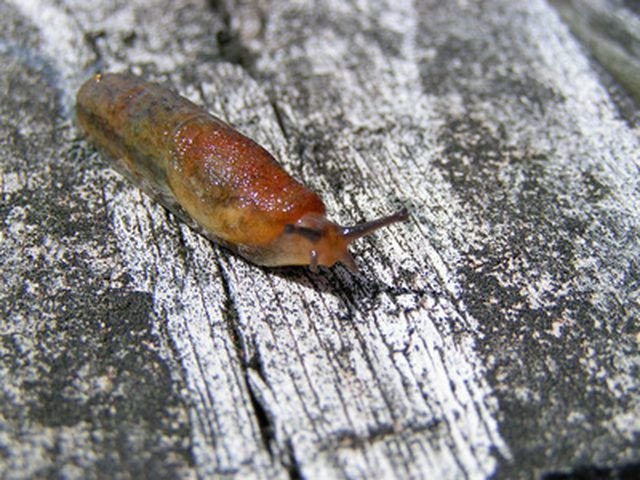Bulbs
Flower Basics
Flower Beds & Specialty Gardens
Flower Garden
Garden Furniture
Garden Gnomes
Garden Seeds
Garden Sheds
Garden Statues
Garden Tools & Supplies
Gardening Basics
Green & Organic
Groundcovers & Vines
Growing Annuals
Growing Basil
Growing Beans
Growing Berries
Growing Blueberries
Growing Cactus
Growing Corn
Growing Cotton
Growing Edibles
Growing Flowers
Growing Garlic
Growing Grapes
Growing Grass
Growing Herbs
Growing Jasmine
Growing Mint
Growing Mushrooms
Orchids
Growing Peanuts
Growing Perennials
Growing Plants
Growing Rosemary
Growing Roses
Growing Strawberries
Growing Sunflowers
Growing Thyme
Growing Tomatoes
Growing Tulips
Growing Vegetables
Herb Basics
Herb Garden
Indoor Growing
Landscaping Basics
Landscaping Patios
Landscaping Plants
Landscaping Shrubs
Landscaping Trees
Landscaping Walks & Pathways
Lawn Basics
Lawn Maintenance
Lawn Mowers
Lawn Ornaments
Lawn Planting
Lawn Tools
Outdoor Growing
Overall Landscape Planning
Pests, Weeds & Problems
Plant Basics
Rock Garden
Rose Garden
Shrubs
Soil
Specialty Gardens
Trees
Vegetable Garden
Yard Maintenance
Life Cycle of Slugs
Life Cycle of Slugs. Slugs are legless, unsegmented and boneless. The head region of a slug has two pairs of retractable tentacles, with one pair bearing eye spots. They are similar to snails, but unlike snails, slugs can live on land without requiring the calcium deposits needed to build shells. Slugs require moist conditions, protection from sun...

Slugs are legless, unsegmented and boneless. The head region of a slug has two pairs of retractable tentacles, with one pair bearing eye spots. They are similar to snails, but unlike snails, slugs can live on land without requiring the calcium deposits needed to build shells. Slugs require moist conditions, protection from sun and wind and nourishment to survive.
Hermaphrodite Breeders
Slugs are hermaphrodites, having both male and female organs. They are male first, and develop female reproductive organs when fully mature. Each individual slug can lay eggs in batches of 10 to 50 (with a total potential of 300 eggs). They lay the eggs in moist crevices, such as holes in the ground or beneath pieces of wood. Each individual slug has the capacity to produce up to 40,000 offspring in its life.
Eggs
The eggs of slugs are gelatinous and spherical in shape. They measure approximately 1/8 to 1/4 inch in diameter and are golden or white in color. During warm weather, the eggs will hatch within 10 days. It can take up to 100 days in cooler temperatures (32 to 40 degrees Farenheit). Eggs laid in October or November hatch in the late winter or early spring, when the first warm rain falls.
Immature Slugs
After an egg hatches, the hatchlings are extremely vulnerable. They are at risk of being eaten by predators, such as toads or ducks. Immature slugs are similar in color to adult slugs. A slug will mature in less than a year.
Adult Slugs
Most slugs become mature and can begin to reproduce within the first year of their life. They can survive harsh winters if they hide in protected places to keep from freezing. The adult slug ranges in size from 3 to 7 inches. They consume several times their body weight each day, eating a variety of substances, including algae, molds, carrion, centipedes, insects, worms and feces.
Death
Adult slugs can live up to two years. Common causes of death are cold weather, predators and poisoning. Salt will kill them. A slug has a higher percentage of water in their body weight than most animals and insects, and the salt will dehydrate them.